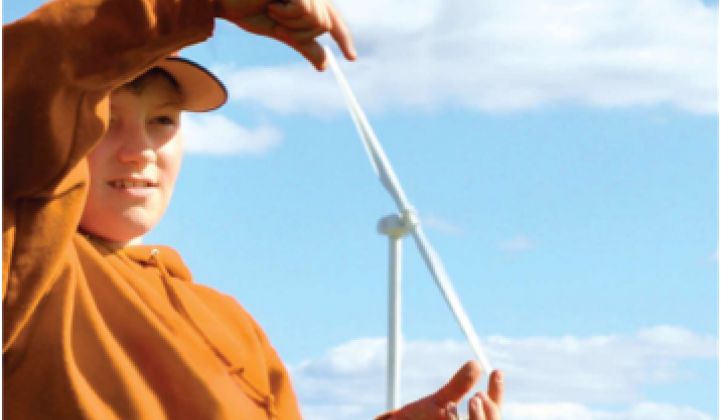Wind power is cheap. At around 7 cents per kilowatt-hour (kWh), including subsidies, wind turbines can already compete with natural gas combined cycle plants that produce power at 6 to 9 cents per kWh. So why are utilities still building gas plants? In the U.S. in 2009, natural gas plants represented 43% of all new generating capacity installed, and wind represented 39%.
The intermittent nature of wind power puts it at a major disadvantage: gas plants can provide power 24 hours a day. Compressed air, batteries or other types of storage can offset this liability, but at around 5 cents or more per kWh, storage isn’t cheap. But if wind could get down to 4 cents per kWh, and storage continues to lower its cost, wind with storage could eventually dominate the electricity generation market.
So how do we get there?
Based on a basic cost breakdown for a traditional 2.5 MW turbine (see pie chart below), the most promising areas for shaving costs are the blades, gearbox, generator, and tower, which combined represent 53% of the total turbine capital cost. Of all these pain points, the gearbox, and the potential for direct drives, has garnered quite a bit of attention. After all, 24% of the total turbine cost relates to the gearbox and the generator.

Small wind companies are going in a completely different direction, trying to deliver electricity at the point of use rather than at a large centralized farm that requires costly transmission. Another way to buck the trend is with vertical axis turbines that look more like an old-fashioned lawnmower turned on its side.
Can the current models be tweaked -- or do we need a start fresh?
And if wind really wants to take the remaining 61% share of new electricity generation from natural gas and coal -- how can storage be incorporated in an economical fashion?
Read more on this topic in a joint effort by General Electric Ecomagination and Greentech Media, and join in on the conversation here.



